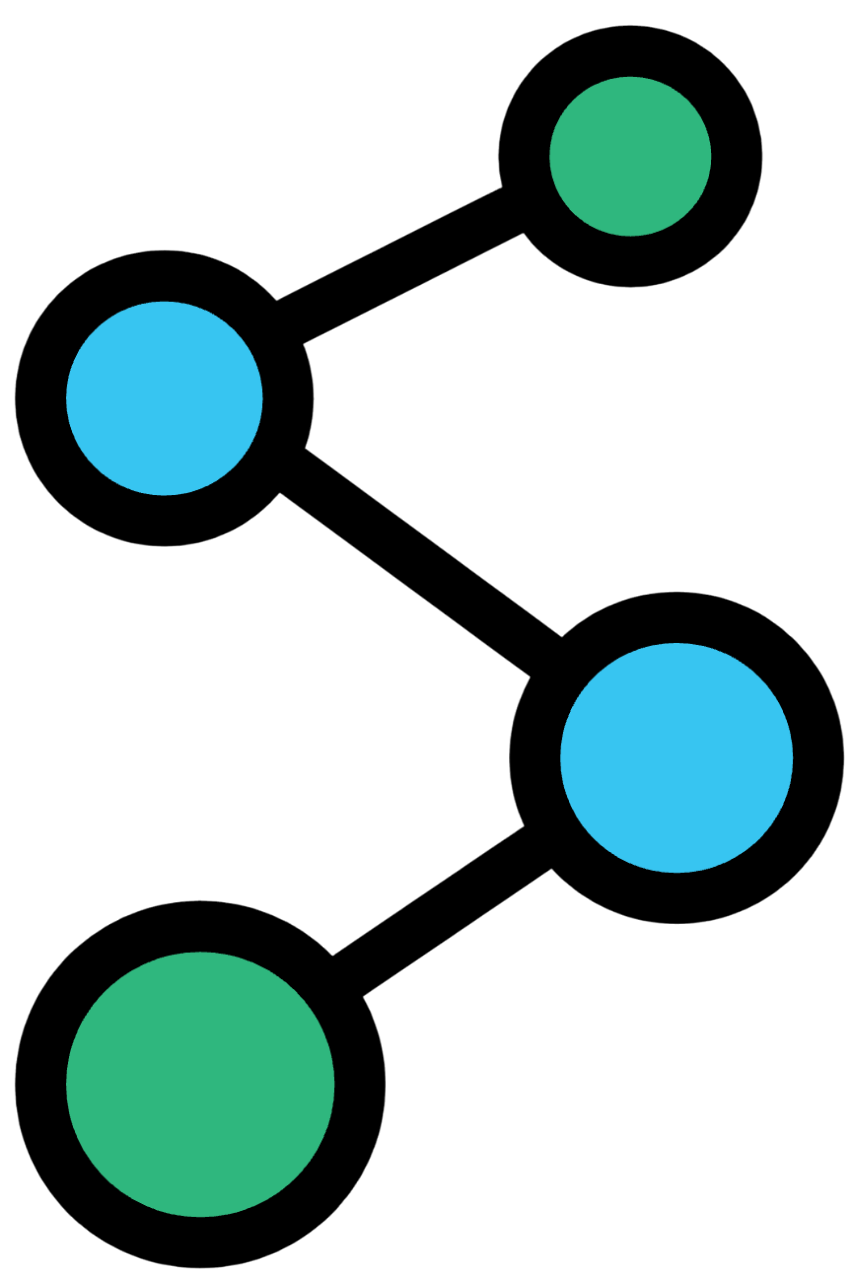Paper
GenAI vs. Human Creators: Procurement Mechanism Design in Two-/Three-Layer Markets
Authors
Rui Ai, David Simchi-Levi, Haifeng Xu
Abstract
With the rapid advancement of generative AI (GenAI), mechanism design adapted to its unique characteristics poses new theoretical and practical challenges. Unlike traditional goods, content from one domain can enhance the training and performance of GenAI models in other domains. For example, OpenAI's video generation model Sora (Liu et al., 2024b) relies heavily on image data to improve video generation quality. In this work, we study nonlinear procurement mechanism design under data transferability, where online platforms employ both human creators and GenAI to satisfy cross-domain content demand. We propose optimal mechanisms that maximize either platform revenue or social welfare and identify the specific properties of GenAI that make such high-dimensional design problems tractable. Our analysis further reveals which domains face stronger competitive pressure and which tend to experience overproduction. Moreover, the growing role of data intermediaries, including labeling companies such as Scale AI and creator organizations such as The Wall Street Journal, introduces a third layer into the traditional platform-creator structure. We show that this three-layer market can result in a lose-lose outcome, reducing both platform revenue and social welfare, as large pre-signed contracts distort creators' incentives and lead to inefficiencies in the data market. These findings suggest a need for government regulation of the GenAI data ecosystem, and our theoretical insights are further supported by numerical simulations.
